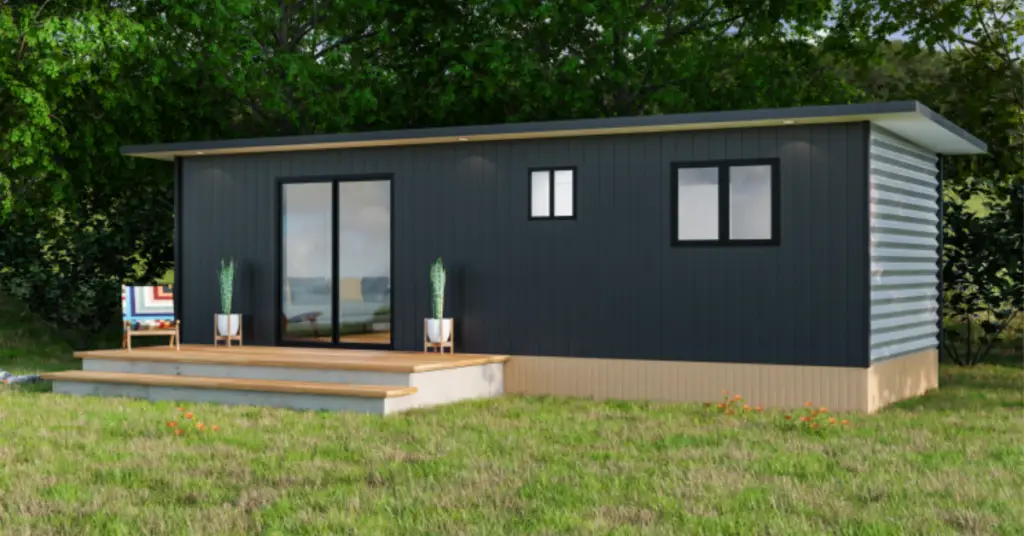Choosing the right modular home design is a crucial step in creating a living space that perfectly suits your lifestyle, budget, and long-term goals. With the vast array of options available, it can be overwhelming to decide on the best design. This blog will guide you through key considerations to help you select the ideal modular home design that meets your needs.

1. Assess Your Space Requirements
Start by evaluating the space you need. Consider the number of bedrooms and bathrooms, the size of the kitchen, and any additional spaces like a home office or a guest room. Is this going to be for your adult children? A granny flat for your parents? An investment property? The options are endless. If you have a family, think about how your space needs might evolve over time. Modular homes offer flexible design options, to ensure the layout can adapt to your changing lifestyle or situation. This also includes taking it with you if you move properties.
2. Set Your Budget
Budget is a critical factor in choosing a modular home design. While modular homes are generally more cost-effective than traditional home builds, the price can vary based on size and chosen customisations. Decide on a budget early in the process and stick to it. Modular homes come in various price ranges, so it’s important to balance your desired features with your financial limits. For a basic home with no internal fit-outs, prices generally start around $30,000 and for large homes and special customisations, it can go up to $250,000. It’s also important to consider transportation costs and any installation costs associated.
3. Consider the Location
The location of your modular home will influence the design you choose. Factors like climate, land size, and local council building codes should be taken into account. For instance, homes in colder climates might need extra insulation, while those in warmer regions could benefit from designs that enhance ventilation. Some states require your home to reach a specific wind and fire rating. Some states even require your home to face a particular direction. Additionally, the layout should complement the surrounding environment, whether it’s an urban area or a rural setting.
4. Think About Energy Efficiency
Energy efficiency is a major consideration for many homebuyers. Look for designs that incorporate energy-saving features such as insulated walls, double-glazed windows, and energy-efficient appliances. Not only will these features reduce your carbon footprint, but they’ll also lead to long-term savings on energy bills. All of our modular homes come with R2 Rated, 50mm EPS Coolrooom panels for your home to stay warm in Winter and cool in the Summer.
5. Prioritise Functionality and Flow
A well-designed modular home should have a logical flow and functional spaces. Think about how you’ll move through the home daily. Open floor plans can create a sense of spaciousness and allow for more flexible furniture arrangements. Additionally, consider how natural light enters the home, as well-lit spaces tend to feel more welcoming and comfortable.
6. Explore Customisation Options
One of the biggest advantages of modular homes is the ability to customise the design to your liking. Whether it’s choosing specific finishes, altering the layout, or adding unique features, customisation allows you to create a home that truly reflects your personality and needs. Discuss these options with your modular home builder to see what’s possible within your budget.
7. Plan for the Future
When choosing a modular home design, think beyond your current situation. If you’re planning to grow your family or foresee a need for more space down the line, consider designs that can be easily expanded. Modular homes are inherently flexible, making it easier to add modules as your needs evolve. It’s always possible to add another home of the same width onto your existing home to turn it into a double-width building as well.
Selecting the right modular home design is about balancing your current needs with future considerations. By assessing your space requirements, setting a realistic budget, considering the location, and exploring customisation options, you can find a modular home design that perfectly suits your lifestyle. With careful planning and thoughtful choices, your modular home will not only meet your immediate needs but also serve as a long-term investment in your comfort and happiness.